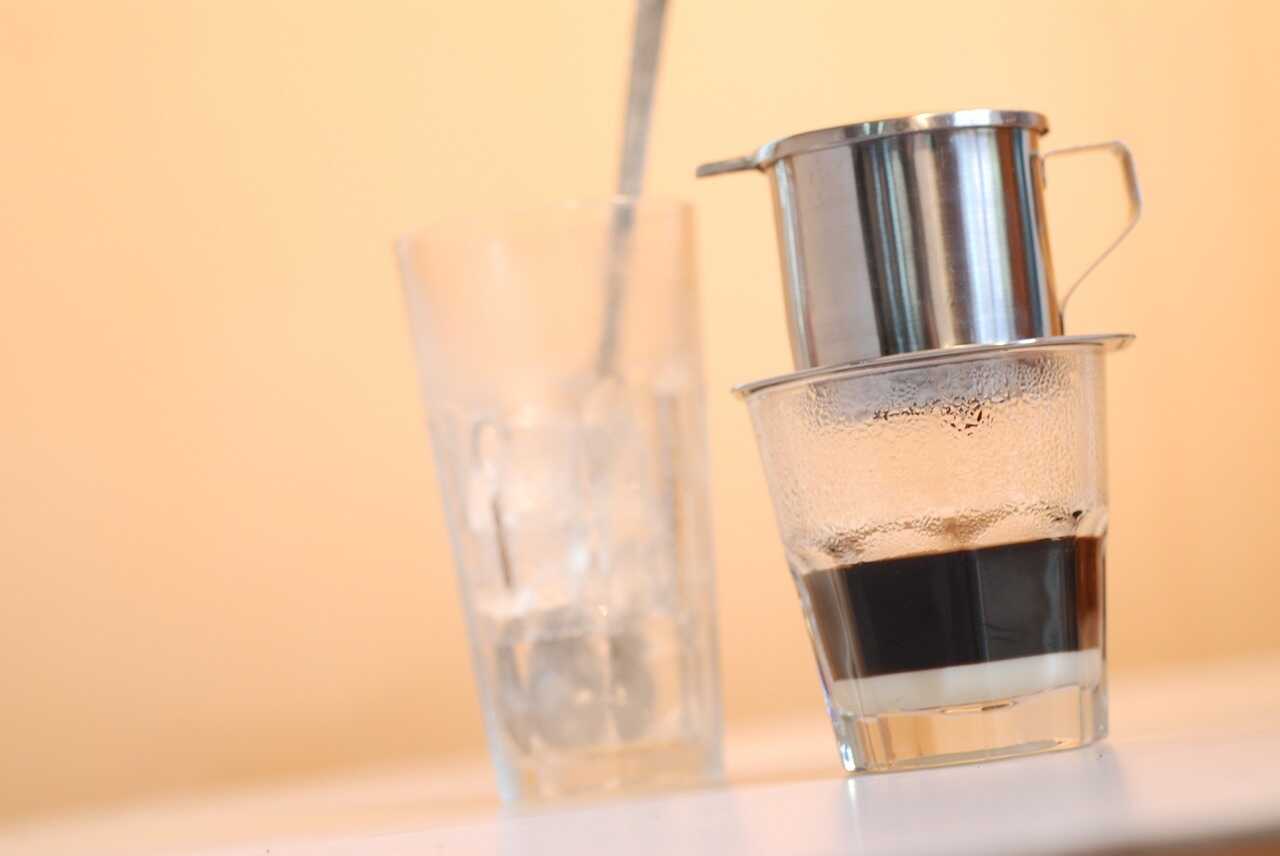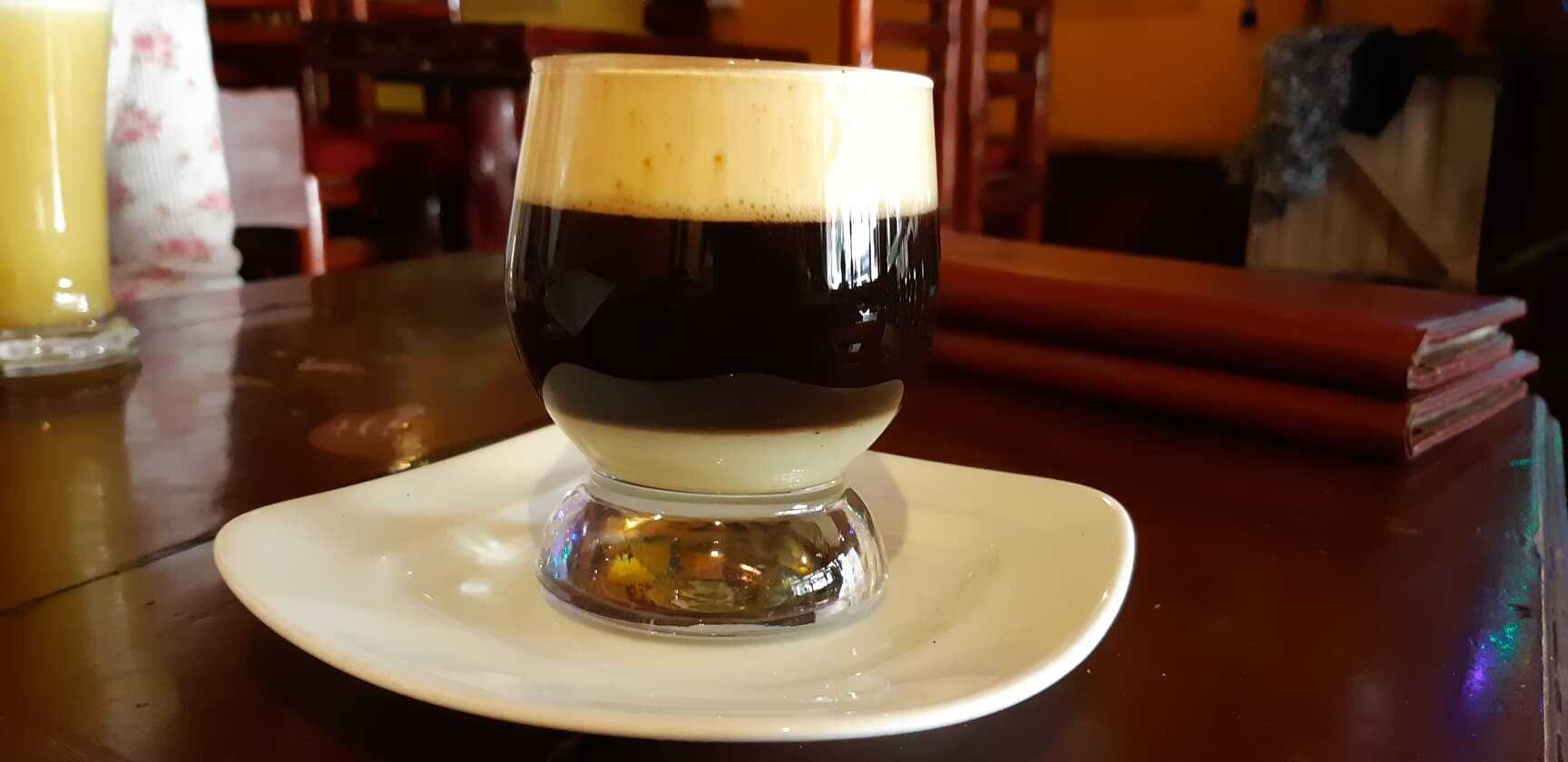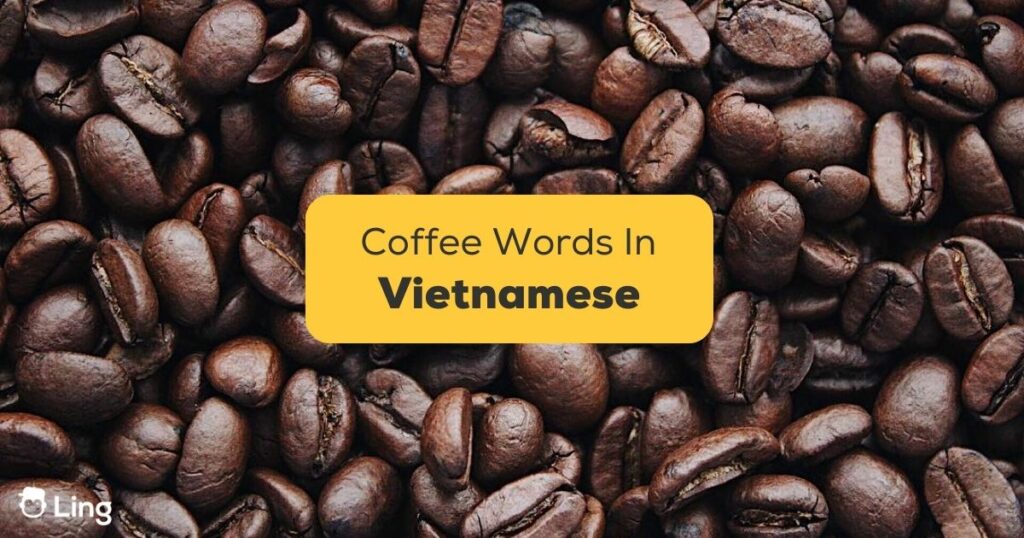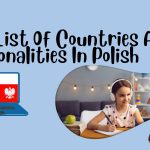There is no denying that cà phê or coffee is popular in Vietnam. It is difficult to walk down a street and not see a few coffee shops along the way. Unsurprisingly, there is a wide variety of coffee to choose from in this Asian country. There is also a thriving coffee production industry that makes Vietnam the perfect stop for any coffee fanatic. For today, we will take a look at the different varieties that are readily available, as well as some background into how Vietnamese coffee came to be.
The History Of Vietnamese Coffee
Coffee, known as ‘Cà phê’ in Vietnamese, was introduced by the French way back in the 19th century. Since then, the Vietnamese have had a love for coffee. If you remember the guide to the regions of Vietnam, Central Vietnam has the highlands, which made it ideal for growing coffee. Full-on production and export of coffee started following the war and eventually led to them becoming one of the top exporters of robusta coffee in the world.
Vietnam has their own techniques and equipment that they use for making Vietnamese-style coffee. This involves the use of a ‘phin’ filter. A phin is a very basic device where ground coffee is placed in the bottom with a cover then placed over it. Hot water will be poured into it which will then drip out into the mug below. The sound of the coffee dripping out the bottom is actually quite relaxing. The use of condensed milk over fresh milk was due to the limitations of the dairy industry in the country.
Basic Types Of Coffee In Vietnamese
The type of coffee grown and most consumed in the country is robusta. This variety is more bitter but usually contains more caffeine. There are, of course, Italian-style espresso-based coffees available in Vietnam, though these are generally more expensive than the local style.
In the south of the country, coffee is a more popular beverage that can even be found on street corners, along with some great Vietnamese food. Meanwhile, in the North, tea is more common to see, but coffee is still plentiful. This is somewhat related to the culture of each city.
One thing to be wary of: if the coffee seems too cheap to be true, it may be. There have been reports of fake coffee being used, made up of many different ingredients that are not so healthy. This is something to keep in mind if you visit a more shady-looking coffee shop in Vietnam.
Both iced and hot coffee are common throughout the country. If you want the iced coffee, you would ask for ‘cà phê đá’ where the ‘đá’ would refer to the ice. ‘nóng’ is used for ‘hot’. Hot drinks are sometimes served in a mug sitting in a little bowl of warm water to help retain the heat. There are many different varieties too, for your consideration.

Black Coffee (Cà phê đen)
Not for the faint of heart, Vietnamese black coffee is incredibly strong. Usually, a little bit of sugar would be mixed in to help with the taste, though this isn’t necessary. This is the most basic option, but there are many more to choose from.
White Coffee (Cà phê sữa/nâu)
The milk generally isn’t regular milk, but instead condensed. This one is a bit more popular with some people, as the sweet condensed milk mixed with the coffee takes away a lot of the bitterness. You should note that, in the North, milk would be ‘nâu’, while in the South, it would be ‘sữa’.
Milk Coffee (Bạc Xỉu)
This option is very similar to the cà phê sữa, but with much more milk, meaning a much sweeter drink. For those that really dislike coffee but still want to give it a try, this is probably the best option. Again, I must emphasize the sweetness, as for some it may be too much. It is still a great option nonetheless.
Egg Coffee (Cà phê trứng)

This one tastes much nicer than it sounds. Yes, this coffee contains egg. The yolk of an egg is whisked with condensed milk to create a thick, creamy and sweet topping for coffee. This is usually eating like a pudding, with a spoon. The coffee sitting underneath can be drank too, of course. Very sweet and very tasty – this is a Vietnamese delicacy you should definitely try.
Instant Coffee (Cà phê hòa tan)
Instant coffee in Vietnam is similar everywhere. In Southeast Asia as a whole, it can be difficult to get a hold of black instant coffee, as 3-in-1 coffee with milk powder and sweetener pre-mixed is much more common. The same is true in Vietnam, but it is still possible to find if you look hard enough.
Iced Coffee With Milk (Cà phê sữa đá )
Vietnam’s signature Cà phê sữa đá is like the coffee universe bottled up into an arresting glass that holds an espresso shot, sweetened condensed milk, and ice cubes. Think of it like a caffeine unicorn — a melody of sweet and strong, harmonizing under the fragile balance of melting ice. It’s the Beyoncé of coffees – oh-so cool yet power-packed with strong individual notes!
Civet Coffee (Cà phê Chồn )
Would you like a cup of coffee that’s rarer than a blue moon dance and more aromatic than a botanical garden in bloom? Look no further than Cà phê Chồn, also known as Civet Coffee! Pioneering the list of unusual variants, this one’s created from coffee beans consumed and then evacuated by civets. It’s a bold brew with a full-bodied flavour, as exotic as it sounds.
Coconut Coffee (Cà phê cốt dừa )
Caffè latte, meet your tropical cousin – the Cà phê cốt dừa. A sumptuous blend of robust Vietnamese coffee and creamy coconut milk; it’s a vibrant beach vacation capsuled into a coffee mug! Imagine sipping the sun-kissed tropics, relaxing on a hammock swaying with the breeze – all caught in one cup!
So there you have it — a captivating rundown of the caffeinated gems hidden in the bustling streets of Vietnam. Each brew is a timbre of taste and tradition reflective of Vietnam’s rich cultural tapestry! So when you’re on that Vietnam voyage, be sure to put your barista hat on, join the coffee cult, and wake up and smell the uniquely Vietnamese coffee!
Over To You
This is not a full list of coffee varieties in Vietnam, just the most common types available. There are so many more, each offering something different. From the regular black coffee to the egg coffee, just about anyone can enjoy one of Vietnam’s favourite drinks. Just be prepared to stare at the menu for a while before you can finally make a decision.
If you want to have a slow relaxing weekend, or are looking to meet with friends, a coffee shop is probably the best choice. If coffee really is not your thing, many coffee shops have a range of sweet tea, cocoa and even beer in the evening.
For anyone looking to buy Vietnamese coffee beans or ground coffee to bring home, one of the most famous brands is Trung Nguyen. If you pick any of their products, you should be fine.
Do you want to fulfil your coffee needs while traveling in Southeast Asia? Then Vietnam is the place to go. Try out the Ling App and order like a local for the most authentic experience.
Learn Vietnamese With Ling
Ready to embrace your learning journey, whether as a novice explorer or someone seeking to enrich their linguistic horizons? Ling‘s lessons will surely help you out! Thanks to the gradual progression of lesson difficulty, you can immerse yourself in your own tempo, internalizing the language’s cadence and harmony, one eloquent chapter at a time.
Allow Ling to illuminate your path, becoming your trusted companion on this enchanting odyssey of mastering Vietnamese. This app is not solely about acquiring linguistic skills but about forging connections with a realm of narratives, flavors, customs, and the heartfelt embraces of Vietnam.
Are you prepared to say “Xin chào” to a realm of new possibilities? If the answer is yes, download the Ling app today on Google Play and the App Store today.


















